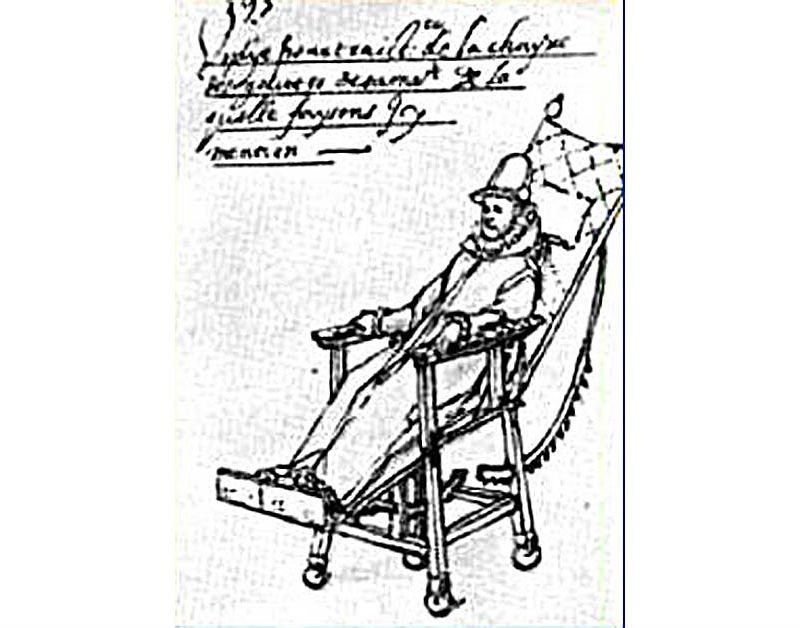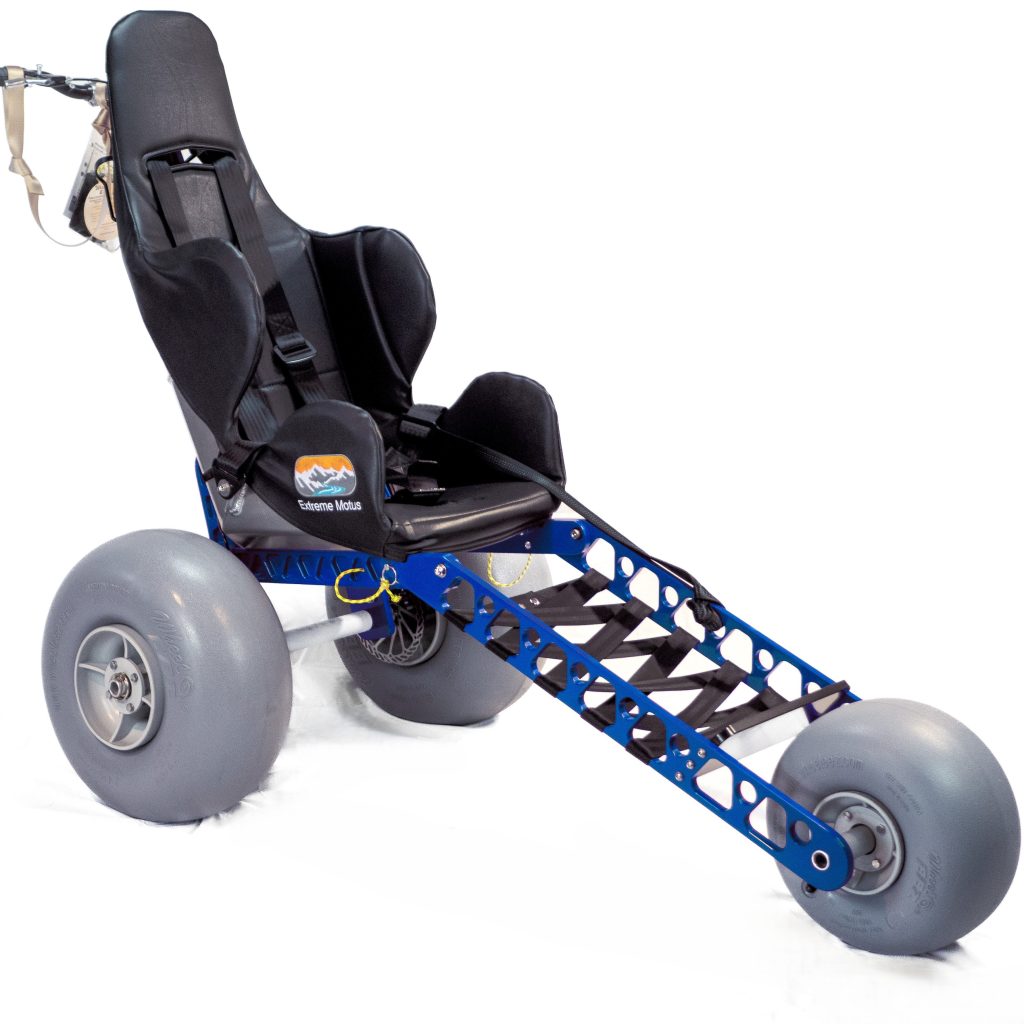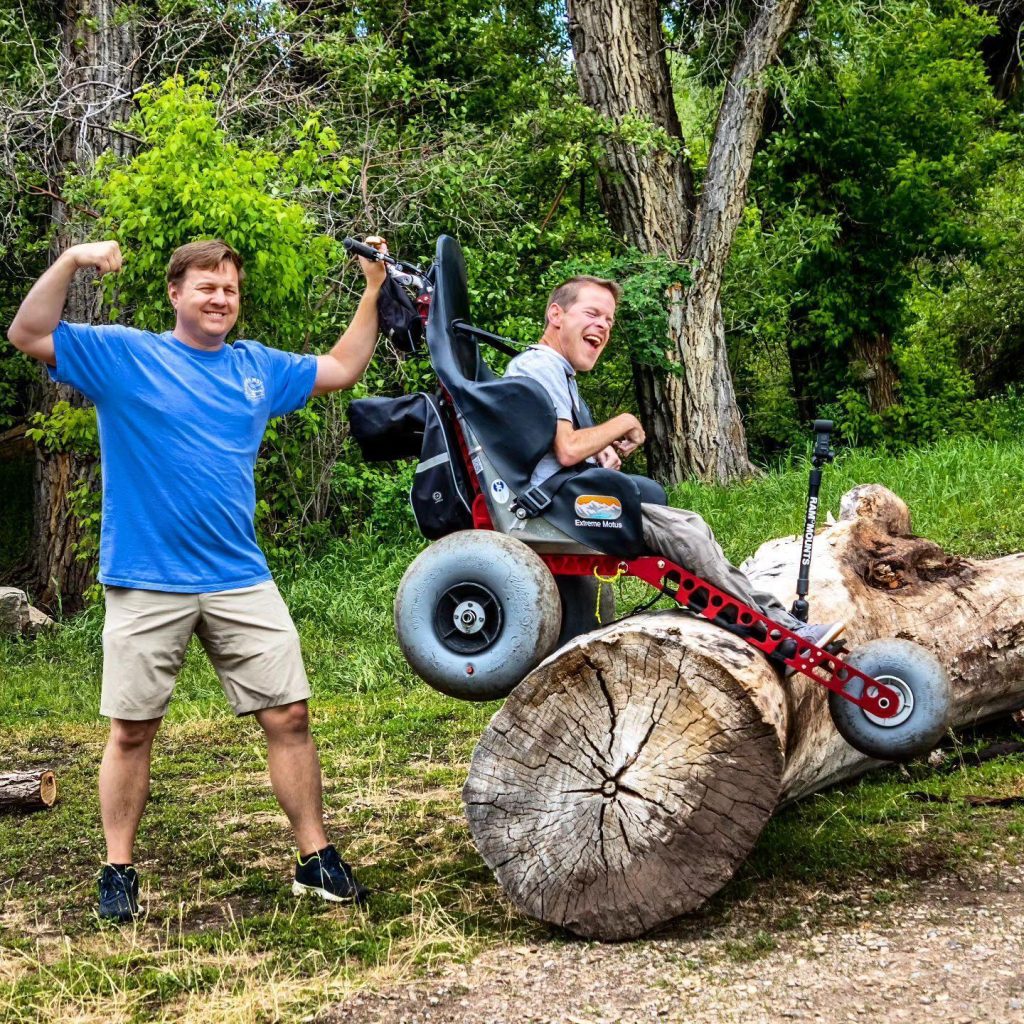The Fascinating History of the Wheelchair
The wheelchair has played a crucial role in enhancing mobility for individuals with disabilities for centuries. From its earliest iterations to modern-day innovations, it has undergone remarkable transformations. In this blog, we’ll explore the history of this device, major technological advancements, special accessories, its impact on individuals with mobility challenges, and additional questions worth considering when exploring this essential aid.
The Origins of the Mobility Aid
The earliest known wheeled chair dates back to 1595, when an elaborate chair with wheels was built for King Philip II of Spain. Philip II suffered from severe gout, a painful condition that restricted his mobility, necessitating the creation of a wheeled chair to assist him in moving around. However, it wasn’t until 1655 that a self-propelled version was created by paraplegic watchmaker Stephan Farffler. His design laid the groundwork for future innovations, leading to the modern device we recognize today.

Major Advancements in Technology
- The Folding Wheelchair (1932) – Engineer Harry Jennings designed the first collapsible wheelchair, making it easier to transport and store.
- Motorized Wheelchairs (1950s) – Electric-powered wheelchairs provided greater independence for individuals who couldn’t manually propel themselves.
- Lightweight Materials (1980s-1990s) – The introduction of aluminum and titanium revolutionized wheelchair design, making them more durable and easier to maneuver.
- All-Terrain Wheelchairs (1990s-Present) – Off-road wheelchairs were introduced in the 1990s, allowing users to navigate rough terrain, beaches, and hiking trails with specially designed wheels and suspension systems.
- Smart Wheelchairs (2000s-Present) – Advances in AI and technology have led to wheelchairs equipped with voice control, self-navigation, and even brainwave-operated models.

Special Accessories
Modern wheelchairs come with a variety of accessories to enhance comfort and usability, including:
- Cushions and Backrests – Designed for ergonomic support and pressure relief.
- Cup Holders and Storage Pouches – Convenient attachments for daily essentials.
- Wheelchair Ramps and Lifts – Providing better access to different environments.
- Power Assist Attachments – Motorized add-ons that help reduce the effort required to push a manual wheelchair.
The Life-Changing Impact
Mobility aids have dramatically improved the quality of life for millions of people. They provide independence, freedom of movement, and the ability to participate in social and professional activities. According to recent estimates, over 75 million people worldwide use these devices, with demand continuing to grow due to aging populations and medical advancements. Whether for temporary rehabilitation or long-term use, they serve as essential mobility aids that help individuals overcome physical limitations.
How the Americans with Disabilities Act Improved Accessibility

The Americans with Disabilities Act (ADA), passed in 1990, significantly enhanced accessibility for individuals with mobility challenges in the United States. The law mandates that public spaces, transportation, workplaces, and private businesses provide accommodations for individuals with disabilities. Key improvements include:
- Accessible Public Infrastructure – Curb cuts, ramps, and elevators have become standard in public buildings and sidewalks, making navigation easier for wheelchair users.
- Transportation Access – Public transit systems, including buses and trains, are now required to have accessible features such as lifts and designated seating.
- Employment Protections – The ADA prohibits workplace discrimination, ensuring individuals with disabilities have equal employment opportunities and reasonable accommodations.
- Equal Access to Businesses – Restaurants, stores, and entertainment venues must provide accessible entryways, seating, and restrooms to accommodate people with disabilities.
These regulations have led to a more inclusive society, allowing individuals with mobility challenges to participate more fully in daily activities and public life.
Conclusion
The evolution of the wheeled mobility device has been a testament to human ingenuity and the drive to create inclusive solutions for those with mobility challenges. With continuous advancements in technology, the future promises even greater accessibility and innovation, further enhancing the lives of users worldwide. As we look forward, asking deeper questions about accessibility, technology, and inclusivity will help shape a more equitable future for all mobility device users.
Every year, more families discover the freedom these chairs create—this Black Friday, demand is already building fast. By joining the early-access list, you secure your chance to order before the sale goes public on November 28, 2025.
Since 2019, Sam and Ryan have been demonstrating that nature is wheelchair accessible with the Extreme Motus All Terrain Wheelchair. From National Parks to Skateparks, their adventures prove that a manual off-road wheelchair can offer laughter and joy while navigating diverse terrains.
Join us as we continue to share these inspiring journeys.

Light, comfortable, and compact, the Extreme Motus glides over sand, rocks, grass, gravel, and even floats in water.
It’s more than a outdoor wheelchair; it’s your ticket to freedom. Embrace the outdoors with confidence, knowing our off-road wheelchair is engineered for durability and ease of use.
Be the first to hear about new gear, upcoming adventures, and exclusive offers. As a welcome gift, enjoy $10 off your first Motus T-Shirt when you subscribe.
By subscribing you agree to receive marketing communications from Extreme Motus, including product updates, promotions, and special offers. I understand I can unsubscribe at any time.



